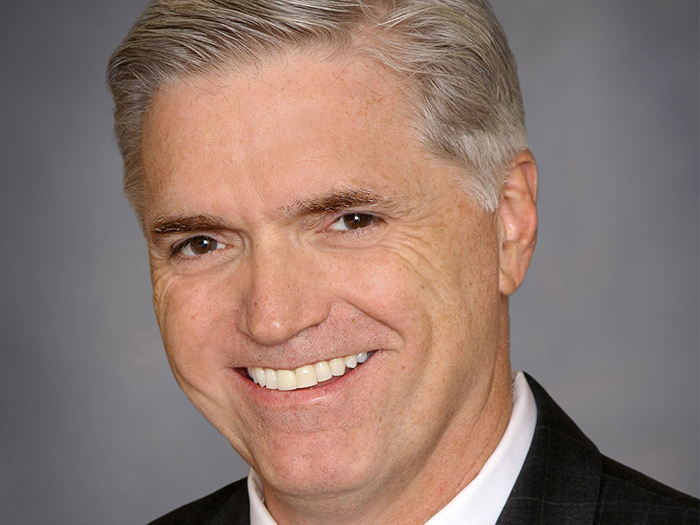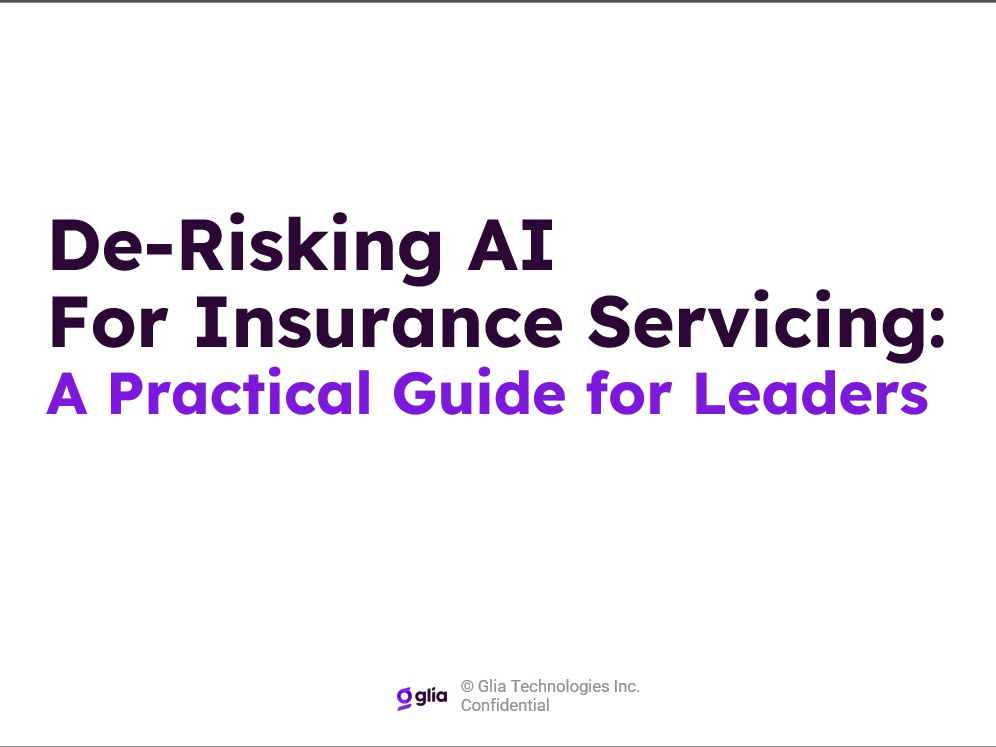Claims Trends
Treating Chronic Pain With Therapies Instead of Drugs

From high praise to a spiraling crash, opioid-based pain medications are out of favor. Once thought to be the solution to chronic pain, opioids opened the door to an even bigger and scarier addiction epidemic — one that menaces the workers’ comp industry and the population in general.
According to the Centers for Disease Control and Prevention, since 1999, more than 183,000 people have died from narcotic painkiller addiction. An estimated 91 people die each day from opioid abuse.
“Opioids are dangerous drugs. The side effects are dangerous and severe. Their efficacy is not always what people expect,” said Marcos Iglesias, senior vice president, chief medical officer, Broadspire.
“If opioids aren’t the answer, what do we turn to?”
The time to answer that question is now. Workers’ comp professionals, physicians, insurers and employers alike are looking for that next solution to pain, one that will help curb addiction and more quickly get workers on their feet.
Medical cannabis is one candidate.
“Marijuana is unique in that everyone comes into the conversation with a bias,” said Mark Pew, senior vice president, PRIUM, a division of Genex Services.
With opioids, he said, no one knew of the dangers at first. Marijuana, on the other hand, always provoked two very polarized views: It does a great deal of good or it’s a strong drug with bad consequences.
A 2014 study published by the Journal of the American Medical Association (JAMA) found a link between legalized medical marijuana and a decrease in opioid-related deaths. States that legalized medical marijuana saw a 25 percent decrease in deaths from opioid overdoses.
Yet, “when people make the claim that medical marijuana is the solution to the opioid epidemic, it resonates with some people because of that bias,” said Pew.
Because of ongoing controversy, not to mention its classification as a Schedule 1 narcotic by the federal government, medical marijuana isn’t lined up to be the pain-relief answer anytime soon.
Non-Drug Therapies
So how about this: Let’s treat pain with no drugs. Radical as it may sound, non-drug pain therapies hold merit.
Meta-analyses collected for a U.S. National Library of Medicine study found that cognitive behavior therapy (CBT) had a positive effect on chronic pain and fatigue. Specifically, CBT was found to be a superior method to other treatments for decreasing pain intensity in fibromyalgia patients.
Iglesias, who has worked as a physician for more than 25 years, said CBT, a psycho-social therapy used to teach patients about the emotional and psychological factors influencing their pain, leaves a lasting impression on the injured.
“The methods I’ve seen work well are behavioral approaches — giving people tools and methods so they can manage their own life.”
“Marijuana is unique in that everyone comes into the conversation with a bias.” — Mark Pew, senior vice president, PRIUM
In workers’ comp, physicians using a CBT approach look at an injured worker’s life outside the office walls. Their home life, their health, their financial responsibilities and their mental ability to cope with an injury all factor into the healing process and could potentially lead to a lengthened claim if untreated.
Assessing these additional forces enables a physician to recommend therapies beyond the typical pill prescription.
Sometimes that means sending a patient to physical or occupational therapy. Sometimes yoga or acupuncture will do the trick, with both philosophies tapping into the mind-body connection and encouraging relief. Exercise, diet and overall wellness are factored into an injured worker’s chronic pain management.
“Drug-related therapies tend to mask the pain symptoms,” said Michelle Despres, vice president, national product leader physical therapy, One Call Care Management. “Opioids are like the ‘quick fix.’ In physical therapy, we investigate pain patterns, seek to correct musculoskeletal problems and teach people about their anatomy.”
A non-drug pain therapy, PT looks at the physical components of an injury, educating injured workers about the muscles that hurt and how to effectively use them in daily activities. The big question physical therapists ask: What triggers the pain?
“We look at outside activities that could be affecting the injured worker,” she said. “We look at strength, range and flexibility. We want to change the behavior instead of masking the pain.”
Iglesias pointed to another example of non-drug pain therapy called acceptance and commitment therapy (ACT), in which health care professionals work with an injured worker to accept their chronic pain but then commit to living their values in spite of that pain.
ACT, in essence, focuses on mindfulness and function in a person’s life.
Iglesias added he’s seen disability duration lessen because more professionals are starting to address function instead of pain.
Cost and Well-being
But pain is still a big factor in an injury, and CBT primarily focuses on pain management. It’s being used increasingly as an alternative to opioids, too. So much so, in fact, that some states are starting to draft legislation aimed at adopting its methods.
In Ohio, for example, residents with work-related back injuries are now required by law to try remedies such as rest, physical therapy or chiropractic care before surgery or opioids are even brought into the discussion.
And Ohio isn’t alone; at least 17 states have added restrictions on opioid prescriptions, including limiting the length of time such pills can be prescribed. But not all states are turning to CBT and like methods to combat the growing epidemic.

Michelle Despres, vice president, national product leader physical therapy, One Call Care Management
“In workers’ comp, anytime we talk about change, it’s about cost containment,” said Pew. “But this has nothing to do with cost containment, premiums, closing claims, scale of benefits. It’s about personal well-being.”
Iglesias added he has seen much more acceptance of CBT and other non-drug therapies on the payers’ side, though not everyone is on board.
“Payers see opioids have not helped patients. They’re cognizant of needing to move beyond just drug medications. However, psych and behavioral factors can be a significant issue in workers’ comp. Some individual payers are afraid that a behavior approach might induce a psych claim,” he said.
“Nobody wants to pay for everything that happened to you in your life but, in essence, we do when psychosocial concerns aren’t addressed early and it delays recovery,” added Pew.
“There are payers who have started to see the value in the biopsychosocial model [looking at every aspect of a person’s life], but there’s still an obstacle with psych.”
Still, cost-wise, moving beyond opioids yields reduced pharmacy expenses — not just for opioid prescriptions but also for other prescriptions written for opioid-related side effects like nausea, vomiting, headaches, lack of sleep and so on.
“Opioids have addictive qualities,” said Despres. “It’s easy for us as a society to want to see something diagnostic tied to a drug-based solution. But with alternatives, we lose nothing and chances are we can mitigate chronic pain. We know there are no long-term bad effects to physical therapy.
“The cost to get people off of opioids is huge. Just getting them back to their daily routine, the back-end cost of detox from opioids is enough to at least consider other non-drug pain relief methods as the first treatment option.”
Changing Mindsets
Effective change comes once the employers and their workers understand the benefits of non-drug pain therapies.
Untill now, “in between the payer and the treatment is the patient who has often created this passive mindset that someone else will take care of them,” said Pew.
This mindset isn’t going to help in the long run. Education is key for both employees and employers to work toward pain management.
“One appointment isn’t going to solve the problem,” said Despres. “We have to break the cycle. Time is the biggest downfall; we have to get people moving versus letting someone sit at home. For chronic pain, we provide the education [to the injured worker] on what’s happening inside when they do activities and how to not only manage their symptoms but also correct musculoskeletal imbalances.
“Workers’ comp, as a practice, needs to embrace the idea of being seen quickly and early and getting the injured worker in the mindset of having a role to play,” she added.
For employers, Pew said those who are engaged in their workers’ well-being see more positive outcomes when injuries occur. Investing in wellness programs enables workers to address those outside factors — like psych and diet and exercise routines — before any injury.
“[Wellness programs are] a way of trying to show there is more than a drug or a procedure; employers and physicians can work to teach that concept before an injury even occurs,” said Iglesias.
“There’s a fear that we’re taking something away. There’s a belief that opioids are the best pain modality. Could we develop more programs to teach about opioids to an employer’s population before an injury?”
His answer is a resounding yes.
Public perception plays a big role in the move away from opioids. Workers’ comp professionals, health care workers and legislators see and understand the negative effects of opioids; however, the public isn’t as convinced.
The New England Journal of Medicine released a study in January entitled, “The Public and the Opioid-Abuse Epidemic.” In it, researchers examined several national polls conducted in 2016 and 2017 regarding how the public believes opioid addiction should be addressed. They found that a significant number (28 percent) don’t actually see it as a national emergency.
Fifty-three percent did say it was a major problem, though only 38 percent of respondents said it affected their home communities.
“An important finding from our review is that at a time when [we] are seeking a substantial increase in government funding for opioid-addiction treatment programs … polls show a large share of the public uncertain about the long-term effectiveness of treatment,” the authors wrote.
They speculate this uncertainty might lead to less funding for alternative treatments to opioids and less funding for people recovering from addiction.
“Sometimes we don’t know everything,” said Despres, “but we should still open up and embrace what could be. If [non-drug therapies] don’t work, you haven’t lost anything. If it does help, you’re better off.”
That’s why engaging employers and their employees is imperative.
“If we see an employer with a pattern of the same injuries, we can offer many possible solutions from ergonomic improvements to classes for body mechanics training.”
A Balancing Act
But one size doesn’t fit all when it comes to pain relief, and while non-drug pain therapies do help, Pew said that doing away with drugs altogether would be unwise.
“Every person is an individual and needs customized — individualized — treatment plans. Every individual is different. How they deal with pain is different, what their support system is like is different — that’s why treating pain is so difficult.
“Exercise, a better diet, yoga and other non-pharmaceutical treatments are effective, but often underutilized components to a successful pain management protocol. But trying to come up with a one-size-fits-all is counter to common sense,” he added.
In a 2017 study released by JAMA, researchers examined patients admitted to the emergency room for pain-related causes. They monitored the cause of their pain and what medicine brought them relief.
Acetaminophen and ibuprofen were found to be more effective than opioids. Combined, they had as much of an effect on pain as opioids.
Iglesias added, “We do need to move beyond opioids. Other pharmaceuticals do have a role to play, but we need to embrace other modalities of treating pain.” &












